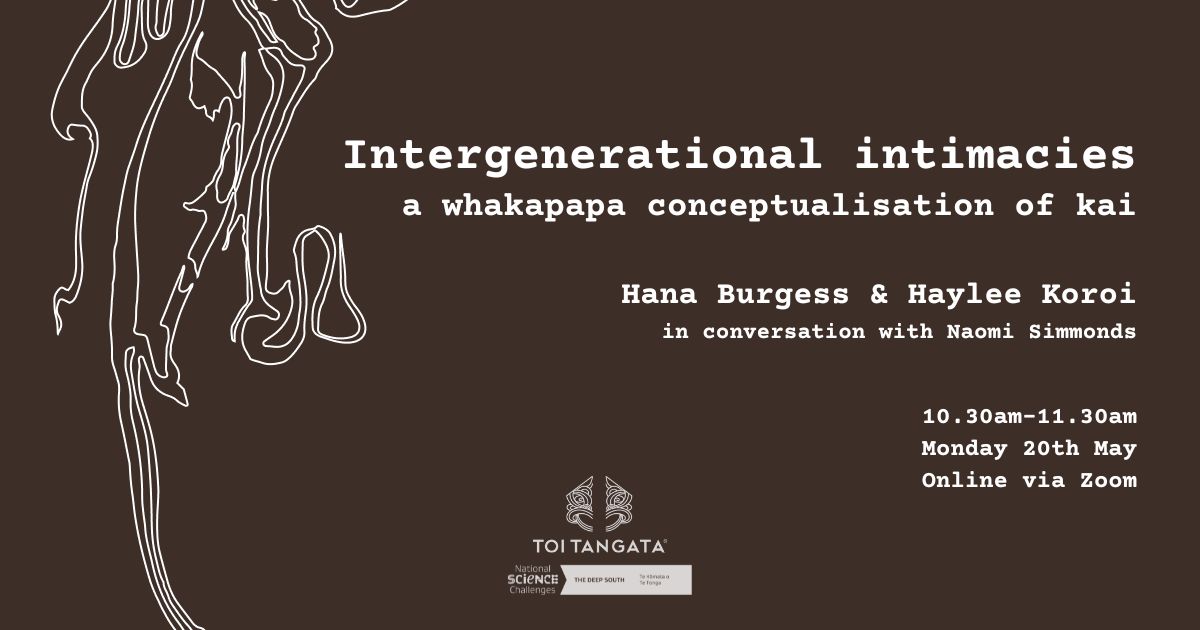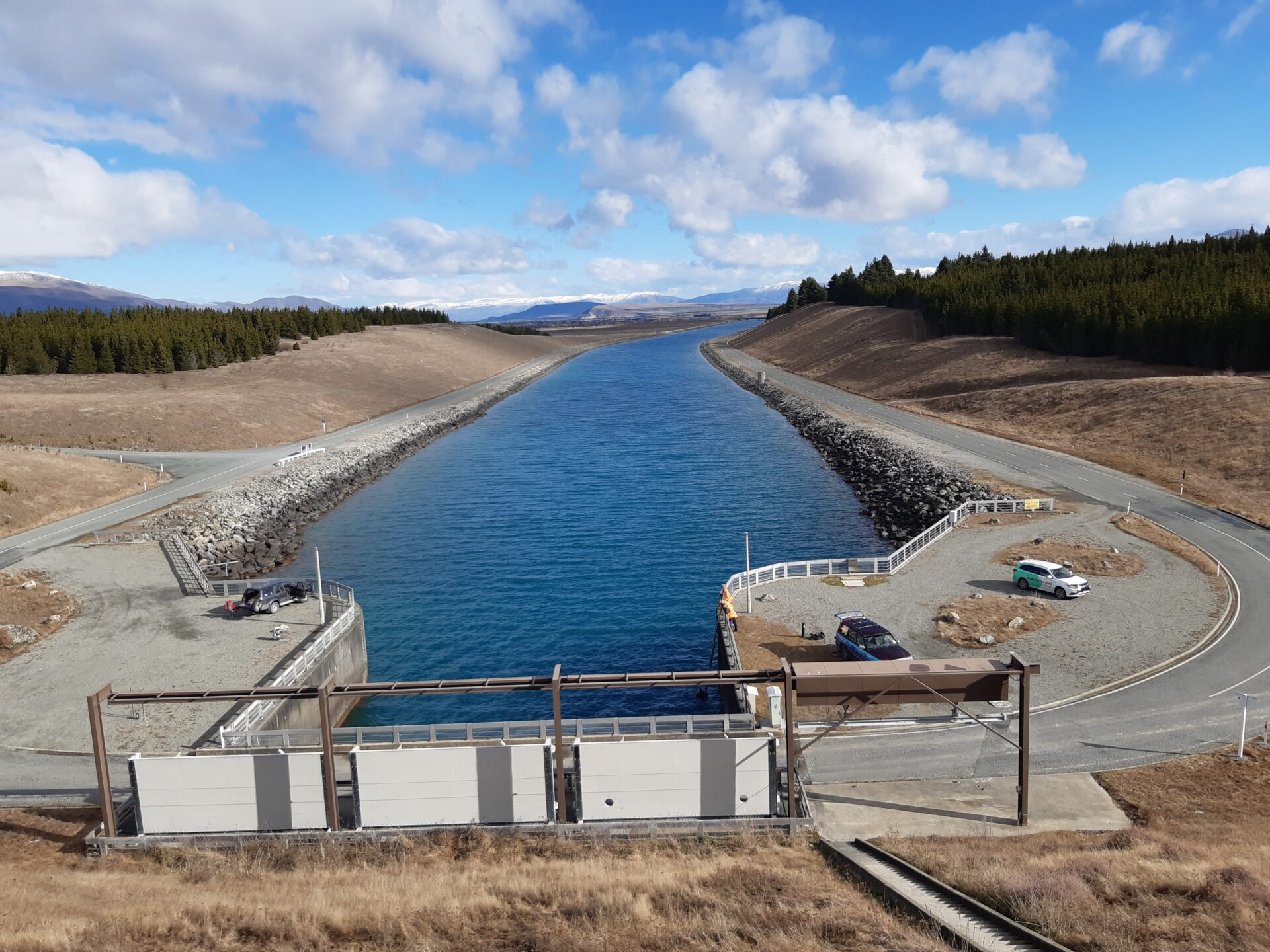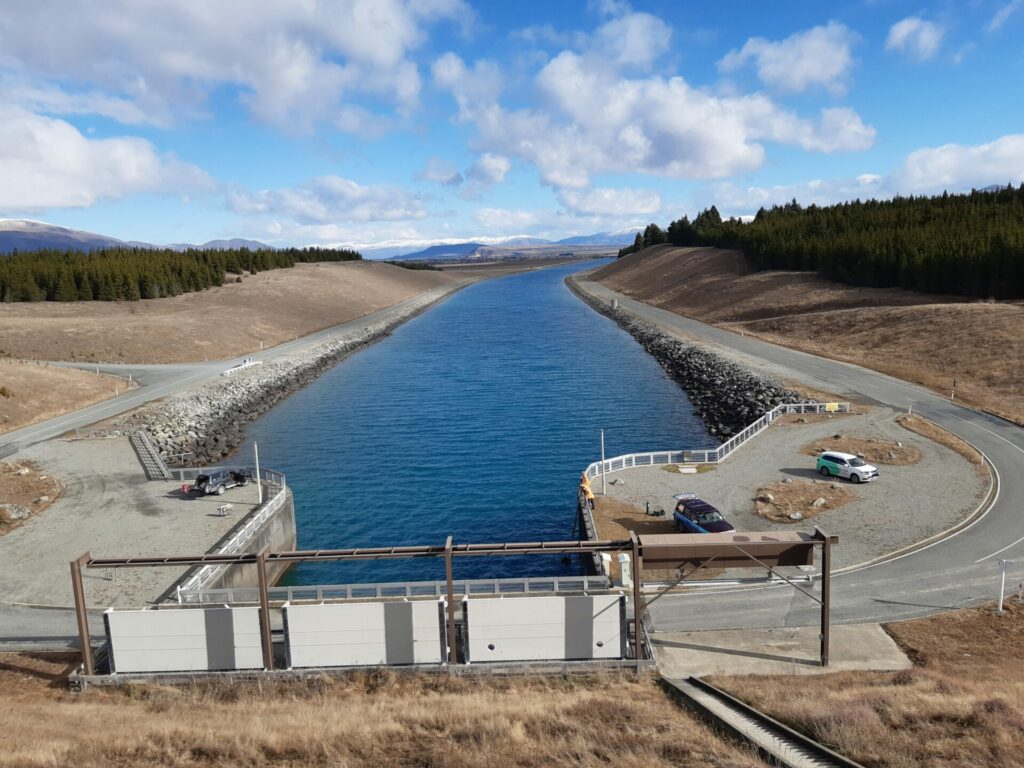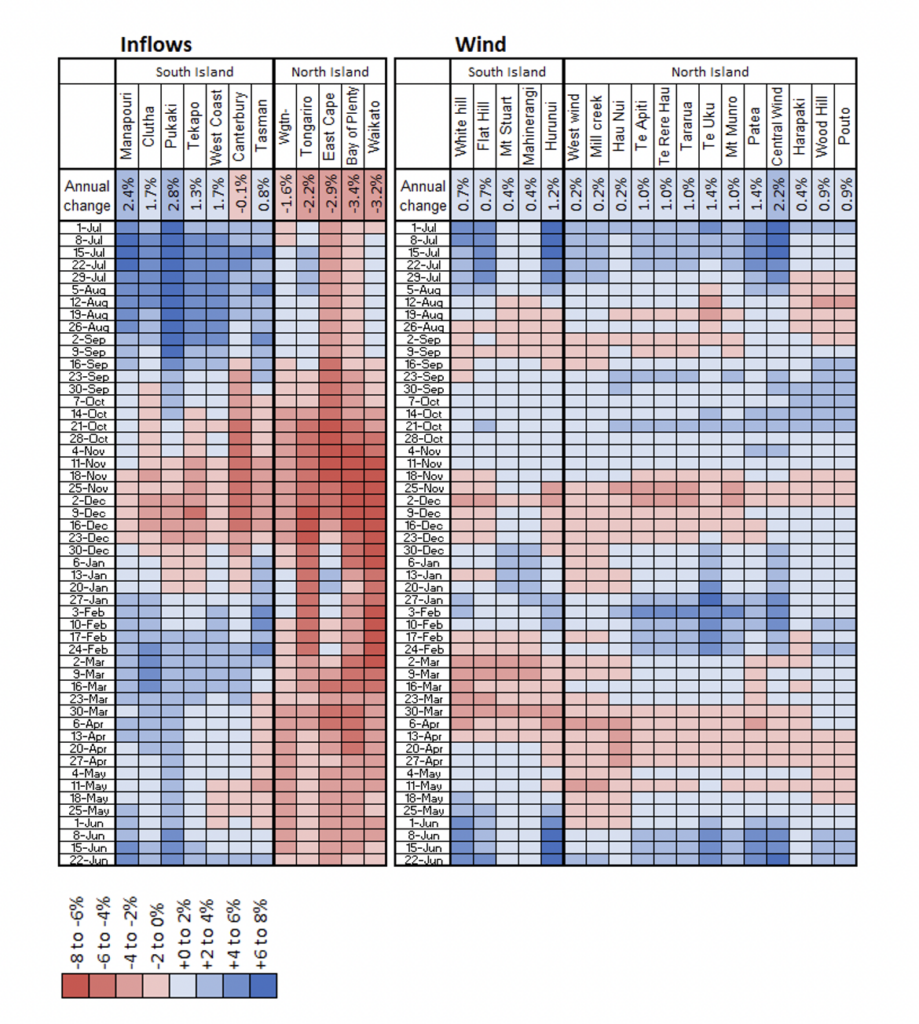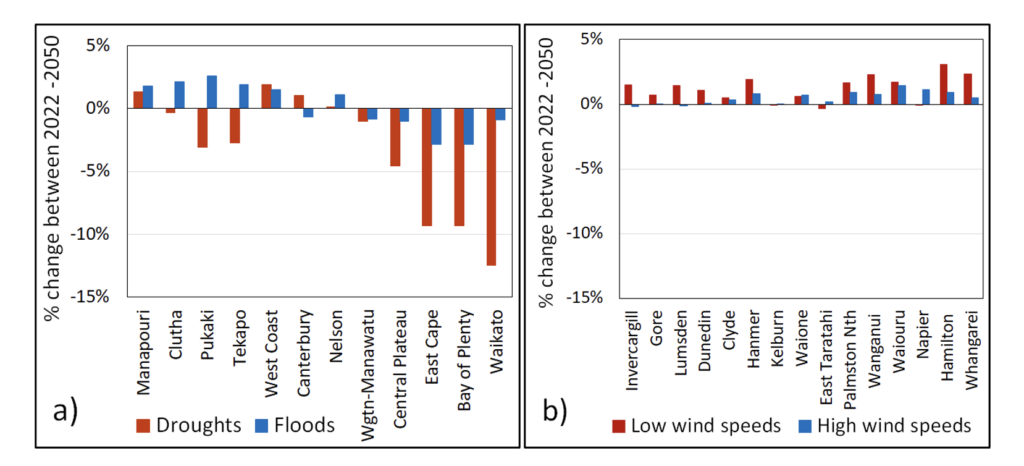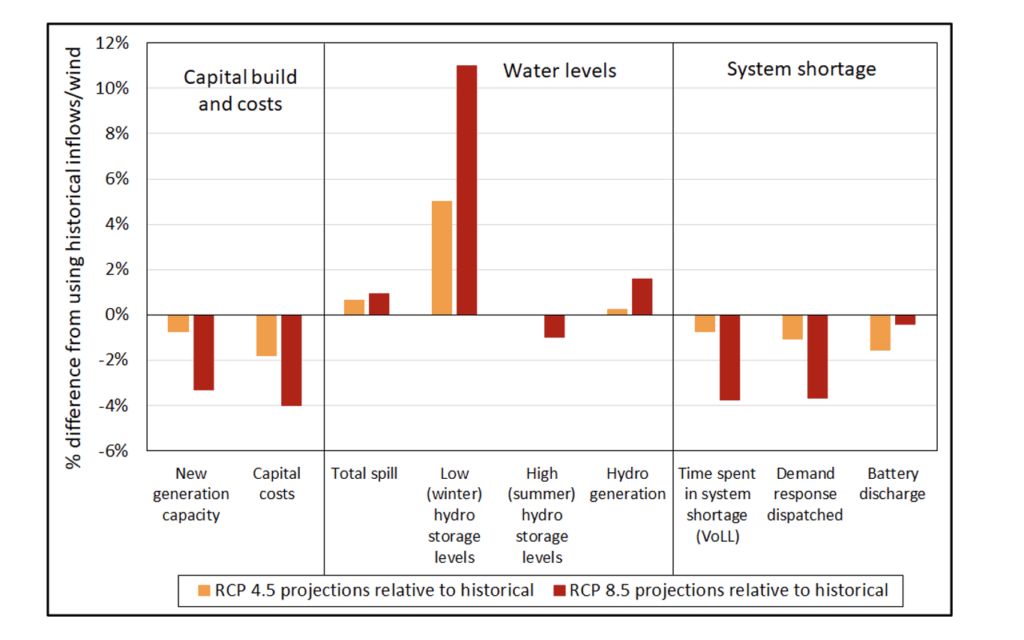Project summary from the “Modelling Antarctic Sea Ice” project led by Inga Smith and Andrew Pauling.
Check out a handy fact sheet from this project, here.
What is sea ice?
Sea ice is the layer of frozen seawater covering the ocean surface in the northern and deep southern oceans. In Antarctica, the formation of sea ice each winter and melting each summer represents one of the largest seasonal changes on Earth. The total ice cover varies by about 16 million km2 between the yearly minimum and maximum. That’s approximately 60 times the size of Aotearoa New Zealand.
The trend in annual mean Antarctic sea ice area has puzzled scientists during the satellite era (1979-present), with data showing a slight increase from 1979 to 2015, and a sharp decline since.
Animation made using model output from the hist-1950 simulation from the HadGEM3-GC31-MM model submission to the Coupled Model Intercomparison Project phase 6 (CMIP6). doi:10.22033/ESGF/CMIP6.1902
Sea ice is important to global climate because it reflects sunlight, insulates the ocean, and drives cold, salty water into the deep oceans.
What is the problem?
Climate models, which are our best tools for making projections of future climate, have failed to reproduce the observed trends in Antarctic sea ice. From 1979-2015 models showed declining Antarctic sea ice area, which didn’t match the slight increase observed from satellites. There have been different explanations for the discrepancy, for example, that current climate models do not represent the changing amount of land ice in the Antarctic ice sheet.
In the real world, Antarctica is losing mass over time, and as current models do not take this into account, they exclude an important source of fresh water flowing into the Southern Ocean. It has been suggested that this missing fresh water plays an important role in sea ice trends. Additional fresh water near the ocean surface increases the density gradient between the surface and deeper water, inhibiting vertical transport of relatively warm water from the depths, which results in surface cooling and warming of the deep ocean. This surface cooling then drives sea ice growth.
Our work as part of the Deep South National Science Challenge has been to investigate the effect of this missing fresh water on Antarctic sea ice trends in a state-of-the-art climate model.
Our work
We have been investigating the effect of missing fresh water from the Antarctic ice sheet on sea ice in the HadGEM3-GC3.1 climate model, which forms the physical core of the New Zealand Earth System Model.
We have run experiments with artificially added fresh water under pre-industrial control conditions and in a scenario where atmospheric CO2 increases by 1% each year.
In both scenarios, adding the fresh water results in greater Antarctic sea ice area relative to the simulations that exclude it, and also results in a decline in Antarctic Bottom Water formation. We have tested the effect of adding fresh water as either melting icebergs or basal melt of the ice shelves, and found that while the responses are similar, there is greater ocean warming at depth when the fresh water is added to the model as basal melt.
We have also found that adding fresh water was able to offset ocean warming due to increased atmospheric CO2 over the continental shelf in several regions around Antarctica. The magnitude of the effect depends on the specific continental shelf geometry, the climate state, and the vertical distribution of the fresh water.
Finally, we have been contributing simulations to an international model intercomparison that aims to better understand the reasons for inter-model differences in the response to the fresh water. We have conducted several of the model simulations outlined as part of the Southern Ocean Freshwater Input from Antarctica (SOFIA) initiative, and analysis and comparison to multiple other models from around the world has shown a large inter-model spread in the Antarctic sea ice and Southern Ocean temperature responses. This highlights the importance of this model intercomparison project for quantifying both the magnitude and uncertainty in the response to Antarctic meltwater.
What are the implications for Aotearoa New Zealand?
Impacts over land in New Zealand are small in our model simulations, but there is a significant reduction in warming of the ocean surface immediately to our southeast in both historical and future warming scenarios. Analysis of the impacts of this on moisture in the atmosphere and circulation are ongoing.
